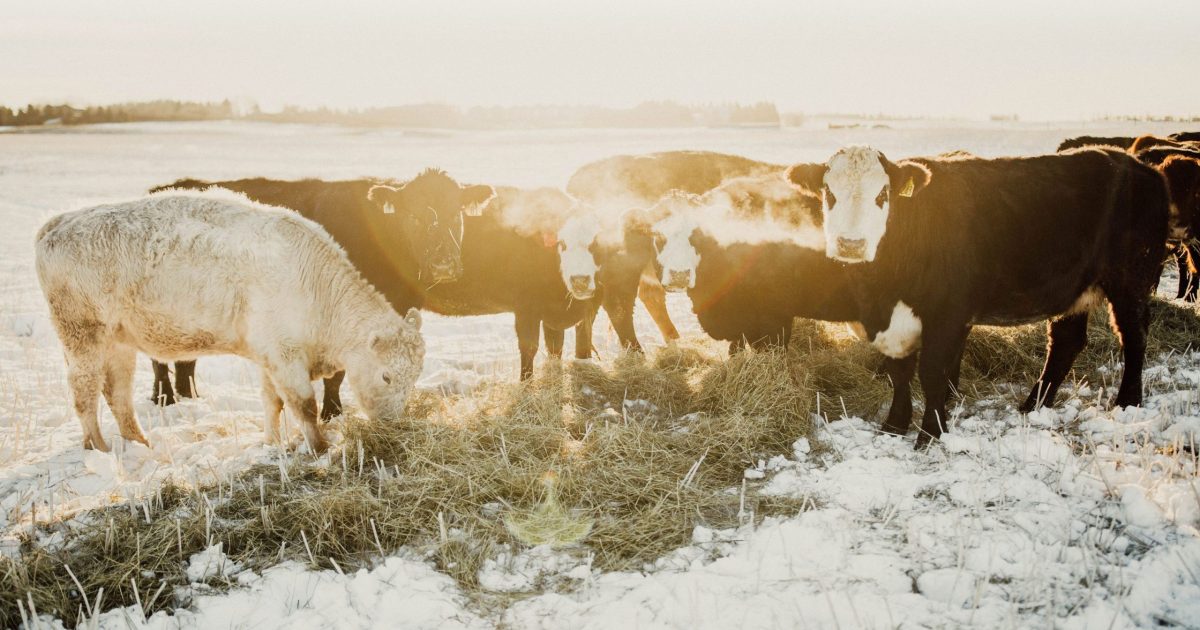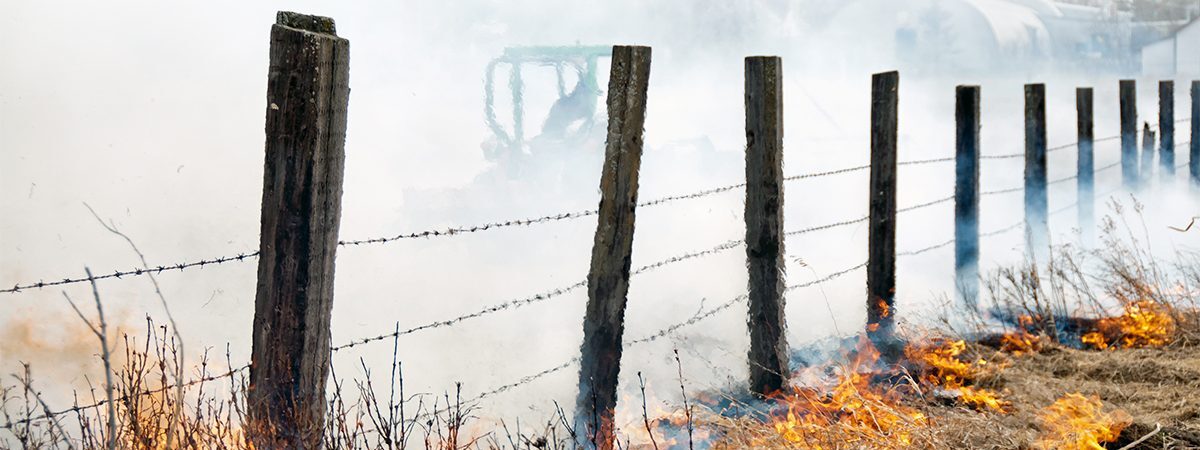AB Direct - Steers
Rail: 493.00-495.00 del
AB Direct - Heifers
Rail: 493.00-495.00 del
US Trade- Steers
Rail: 355.00 (IA, NE)
US Trade - Heifers
Rail: 355.00 (IA, NE)
Canadian Dollar
0.06
Latest News
-
December 10, 2025 Checking in with ABP
New livestock traceability rules set to roll out
-
December 9, 2025 Checking in with ABP
Beef Cattle Research Council names new executive
-
December 8, 2025 Current Markets & Forecasts
Canfax Weekly Article | Report for the week of December 8, 2025
Starting off on the right hoof
In 2014, I asked cow-calf producers if they thought hard calvings (i.e., dystocia) were painful, and the majority agreed. Over the years, the use of pain control for hard calvings, for the cow and the calf, has increased. Calves that experience hard calvings are known to have decreased viability, taking longer to stand, walk, and…
Cold stress: how much does it impact your operation’s bottom line?
What is cold stress? All mammals must maintain their internal body temperatures, with cattle averaging 38°C. Their body becomes stressed when environmental temperatures drop below the lower limit of the thermoneutral zone, the ‘lower critical temperature.’ Top factors that contribute to cold stress are cold weather, wind, wet weather, and lack of feed. Estimates of…
Giving cows and calves support after a hard calving
Dystocia, otherwise known as a hard calving, is a stressful and painful event for both the cow and her calf. To decrease the risk of dystocia, producers can maintain the cow’s body condition score between 3 and 3.5 and breed for smaller birth weights to reduce the risk of dystocia. However, there is no way…
Cold Stress: What to know going into this winter
What is cold stress? All mammals need to maintain their internal body temperatures, averaging 38°C in cattle. However, they don’t need to use extra energy to maintain normal body temperatures when the environmental conditions are within a “thermoneutral zone.” The thermoneutral zone is defined as the range of ambient temperatures without regulatory changes in metabolic…
Be prepared for on-farm emergencies
Emergencies that involve livestock are complex and can progress quickly, putting people and animals at risk. Natural disasters, such as fires and floods, can pose a severe threat to a farm. Farmers are familiar with what natural hazards exist in their area and should adjust their emergency plans accordingly. For example, a farm located in…




